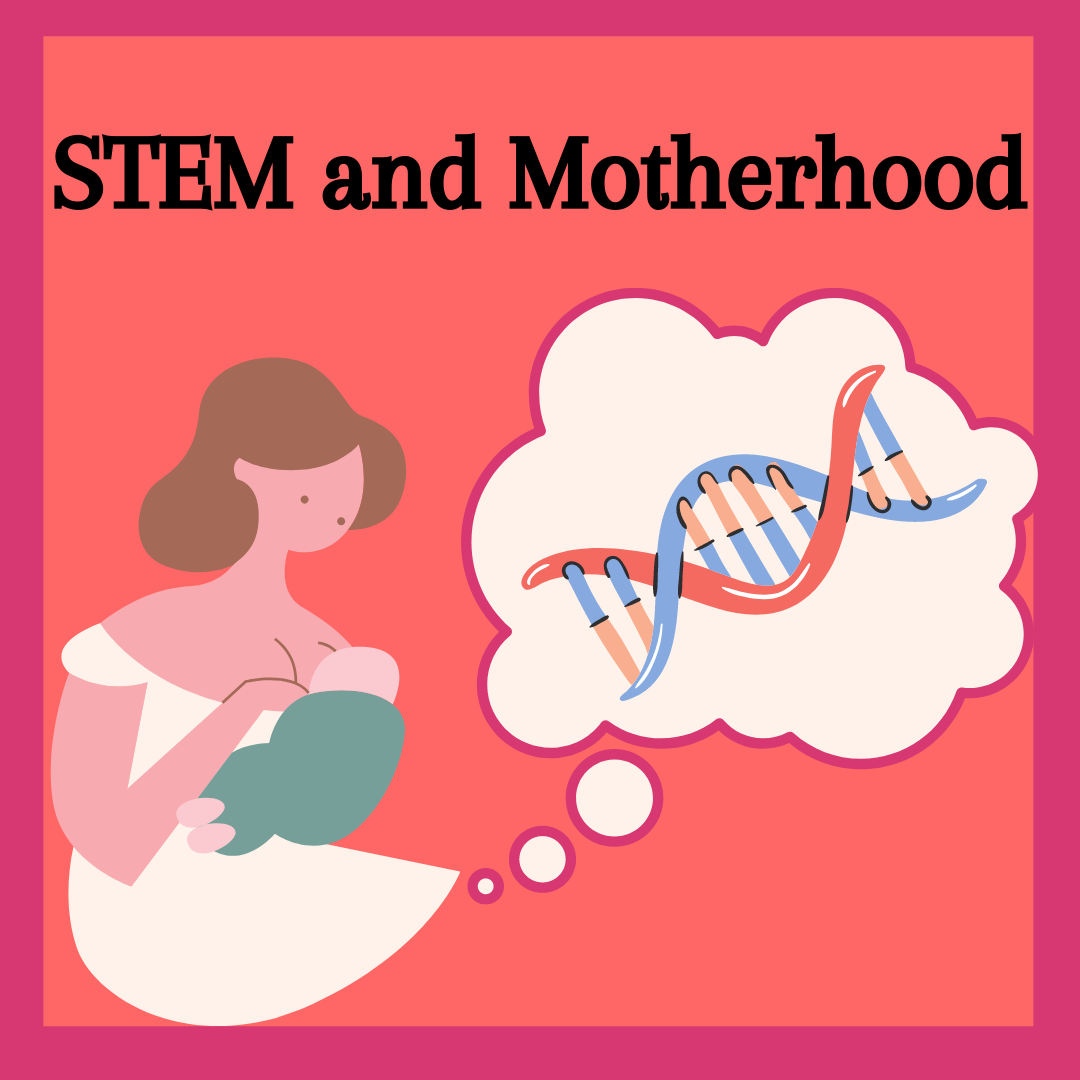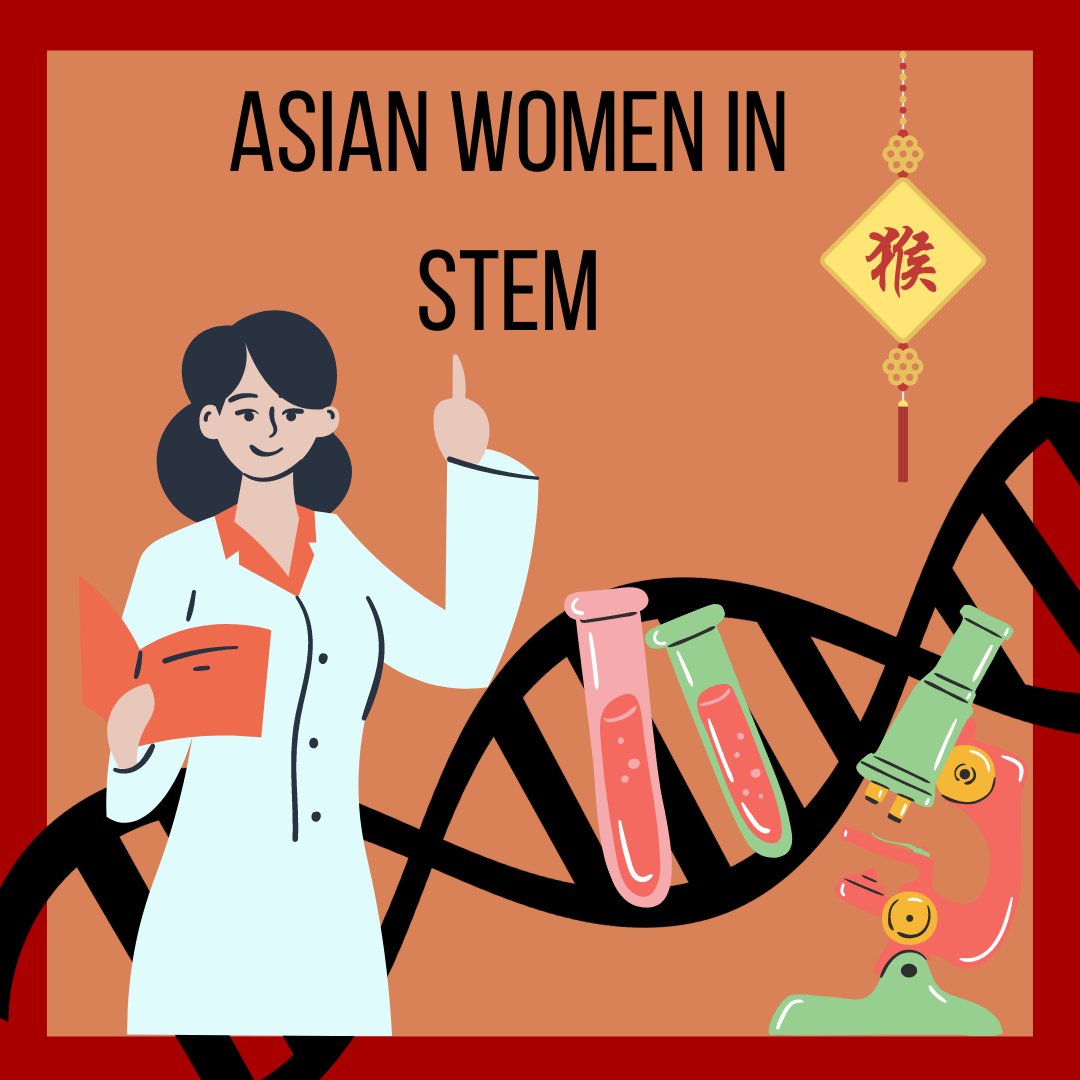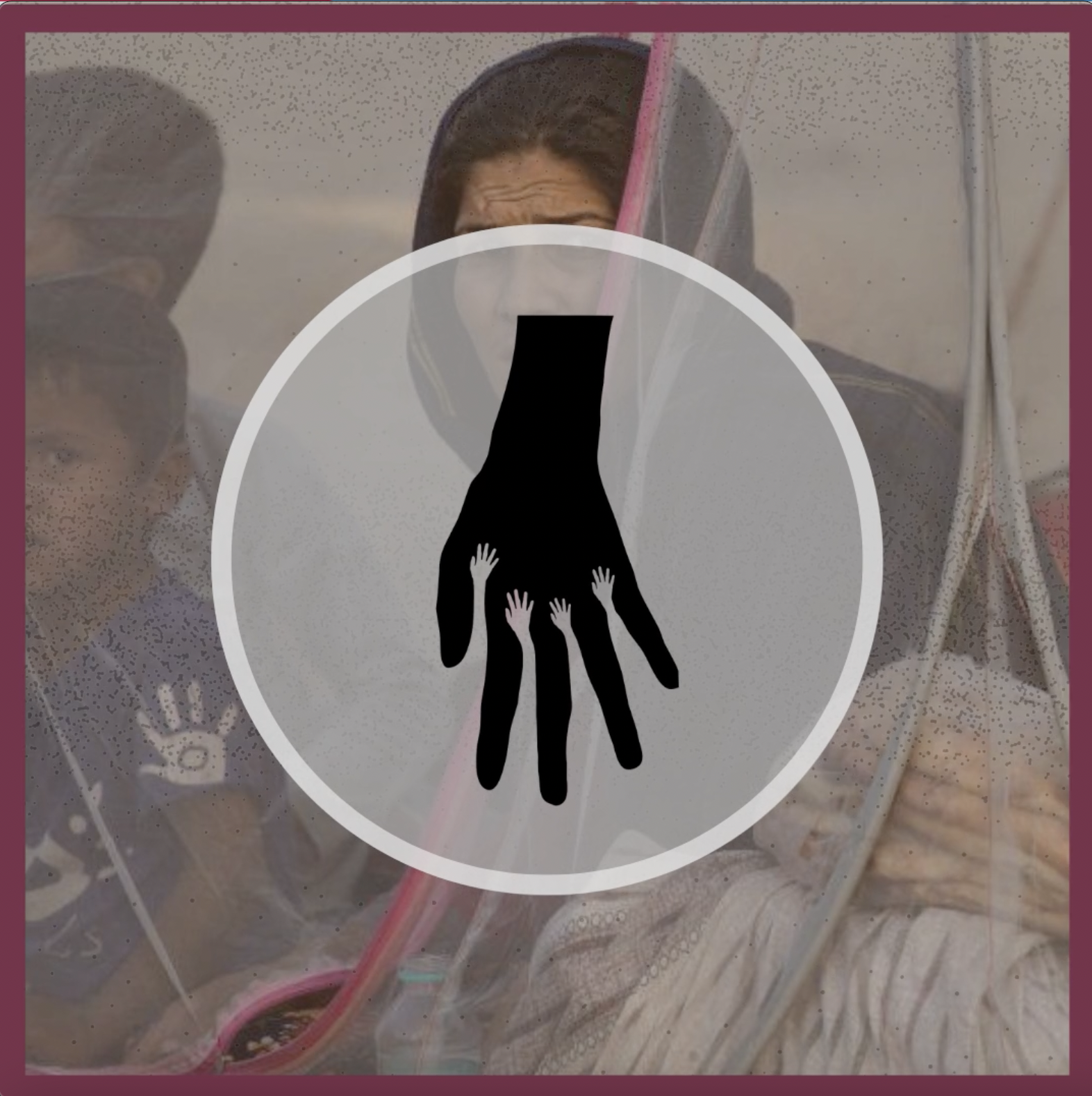What’s our usual response to an issue that the world is facing? Post about it on social media, feel grateful for the privilege that we have and eventually forget. Not to say that’s bad use of the platform, but does it compare to taking it upon yourself to find the solution and fix the problem entirely? Now, let’s get into it- The diaper revolution and Kiara Nirghin, I just want to say, oh my god.
“Most of us are taught to go to the next headline, the next article; to leave the bigger issues to the more educated scientists”
– Kiara Nirghin
Would you believe it if someone said that the answer to the global drought epidemic arises through observations of a dirty diaper? Well, you best believe it. Kiara Nirghin, a South African inventor, is renowned for her innovations; responsible to help farmers worldwide handle long periods of water shortage without breaking a sweat- oh, and with a diaper revolution, by the way. Surely she must have studied for years before coming up with a revolutionary idea as such? Nah, she was just sixteen.
How it all began.
It all truly began with Nirghin’s curiosity. She would dissect insignificant, daily items, such as wristwatches, for fun – understanding the mechanisms that allow it to function smoothly. She would never shy away from asking questions way beyond the scope of her syllabus; constantly thinking of how things work and how they could be made better. Nirghin’s interest in the matter, however, peaked only when she saw the water dams in her locality, once full to the brim, completely dry up. The news of the drought in South Africa, her home country, in 2015, propelled her to help in the only way she knew how; by finding a solution.
“I have a machine in my brain just as powerful as my favourite scientist and if they can use it, so can I”
– Kiara Nirghin

The diaper.
So, where exactly does the diaper fit into all this? The whole idea stemmed from the realisation that even a low-cost nappy is able to retain large amounts of water. After digging deep – I mean on the internet and not inside the used diaper, of course– Nirghin learned about super-absorbent polymers or SAPs. These polymers, present in powder form, allow materials to absorb a lot more water relative to their own weight. These SAPs however, were expensive, non-biodegradable and contained harmful chemicals which would eventually spoil the fertility of the soil and were hence not helping correct the drought, to say the least.
“So, in theory, we had a solution but it was not solving the problem”
– Kiara Nirghin

She then researched the polymer chains and tried to replicate the composition and structure with natural ingredients. She was met with failure multiple times, for multiple months, during which, much to the dismay of her mother, her kitchen and garage became permanent spots of a chaotic mess! (Another badass who worked from home way before it became the norm- Rita Levi- Montalcini. She won a Nobel, as I’m sure her 20 year old successor will too, in all likeliness.) Eventually, however, she devised that the combination, with polysaccharides and pectin from orange peels and the natural oils of avocado skin, was able to provide better results than even the commercially used SAPs. And how does this help? The polymer increases sustained growth in plants during a drought by 84% and increases food security by 73% as it can easily be manufactured from the waste products of a regular household.
Therefore, I give to you, the diaper revolution.
The revolution.
She presented her idea at the Google Science Fair, 2016, where she ended up becoming the grand-prize winner. She went on to receive the Community Impact Award of Middle East and Africa in 2016 and was featured in the Time Magazine’s Top 30 Most Influential Teens list. If all of this is causing you to rethink everything you’ve done in your years of existence… same.
“We need to give girls the necessary resources to create change”
– Kiara Nirghin

When we say ‘women in science’, it’s only natural to think of females with years of experience, education and research making ground breaking revelations. But science is not constrained to that.
Science is a mentality.
A way of thinking; a way of being. As soon as you start observing and asking – ‘why does it have to be like that?’, you become a person of science and that truly is the beauty of it. So girls, when you have a question, do not forget to find the answer at all costs, even if it means creating one yourself.
“Women in science? Yes, we exist.” 😉
If you like this post, you might like some of our other work too!
- March 2022
- August 2021
- July 2021
- June 2021
- May 2021
- April 2021
- March 2021
- February 2021
- January 2021
- December 2020
- November 2020
- October 2020
- September 2020
- August 2020
- July 2020
- June 2020
- May 2020
Subscribe to help us keep you updated each time we post something new!




Leave a Reply